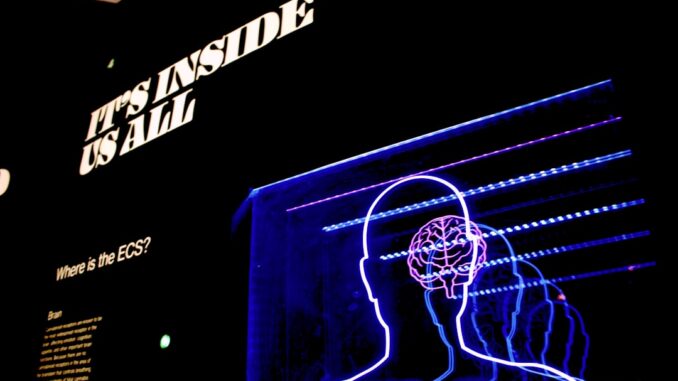
Summary
Scientists have identified specialized “thirst” and “hunger” neurons in the amygdala, a brain region associated with emotions and motivation. These neurons operate through distinct circuits, influencing our drive to eat or drink. This discovery offers potential insights into eating disorders and addiction.
Transform your healthcare data management with the scalable power of TrueNAS.
** Main Story**
Okay, so, scientists are really digging deep into how our brains manage those fundamental urges, you know, like thirst and hunger. And what they’re finding is pretty mind-blowing. Turns out, there are these specialized neurons in the amygdala—that’s the brain region usually linked to emotions and motivation—and they’re specifically wired to control whether we feel thirsty or hungry.
That discovery? It’s a potential game-changer for understanding, and maybe even treating, eating disorders and even addiction. Think about it, if we can pinpoint the exact neurons driving these behaviors, we might be able to develop therapies to address the root causes.
Specialized Neurons, Separate Circuits
So, researchers over at the Max Planck Institute for Biological Intelligence—along with folks from the University of Regensburg and Stanford—they’re the ones who spearheaded this research. Their work really pinpoints distinct groups of neurons within the amygdala. Some are all about thirst, others are focused on hunger, it’s quite specific! And get this, these neurons operate through separate circuits, each influencing our urge to grab a snack or reach for a glass of water. That challenges our old assumptions about how the brain regulates appetite. Instead, it offers a far more nuanced view of this complex process. You might even say a revolutionary view. It’s almost like they are the water and food police!
The Amygdala’s Appetite Role
Now, most people think of the amygdala as the emotion hub, especially when it comes to fear and anxiety. But there’s growing evidence that it plays a crucial role in shaping our desire to eat and drink, too. The same team actually showed in prior research that neurons in the amygdala’s central nucleus link food with our emotions, creating positive associations with those tasty, comforting meals and negative ones with, say, that awful kale smoothie you tried once. And that emotional connection? That’s a huge driver of our eating habits. It’s like a Pavlovian response, but with food.
Unraveling Hunger and Thirst
The recent study? It identifies this specific group of neurons in the amygdala that’s solely dedicated to regulating thirst. Activate these neurons, and mice drink more. Suppress them, and they drink less. Simple as that. This is the first identification of ‘thirst neurons’ in the amygdala, which is a critical piece of the puzzle in understanding how the brain controls hydration. But the story doesn’t end there! Because the researchers found another group of neurons in the same area that influences both thirst and hunger, suggesting that these two drives are much more intertwined than we previously thought. It’s a complex interplay, some neurons are specialized, others are generalists.
Eating Disorders and Addiction
Okay, here’s where it gets really interesting. This discovery of specialized thirst and hunger neurons? It could have major implications for understanding, and even treating, eating disorders and addiction. Because dysregulation in these neural circuits could contribute to overeating, undereating, or other disordered eating patterns. Think of it as a broken thermostat for hunger and thirst, that needs a repair man. By understanding the precise mechanisms, we could develop targeted therapies to address these conditions. Plus, these findings could give us new insights into how the brain processes sensory information about food and drink, potentially leading to new approaches for managing addiction and substance abuse. It is like finding the central office that regulates all of this.
The Future of Appetite Research
Finding those thirst and hunger neurons in the amygdala? Big step forward. It opens up so many avenues for exploring the complex relationship between emotions, motivation, and appetite. As scientists continue to unravel these neural circuits, we can expect to gain even more insights into the root causes of eating disorders and addiction, paving the way for more effective treatments. I mean, who knows what the future holds? But with these new discoveries, it’s looking pretty promising. On that note, I once knew this guy, always on a diet, right? He’d say, ‘I’m not hungry, I’m just bored.’ Maybe his amygdala was just sending mixed signals!


Be the first to comment